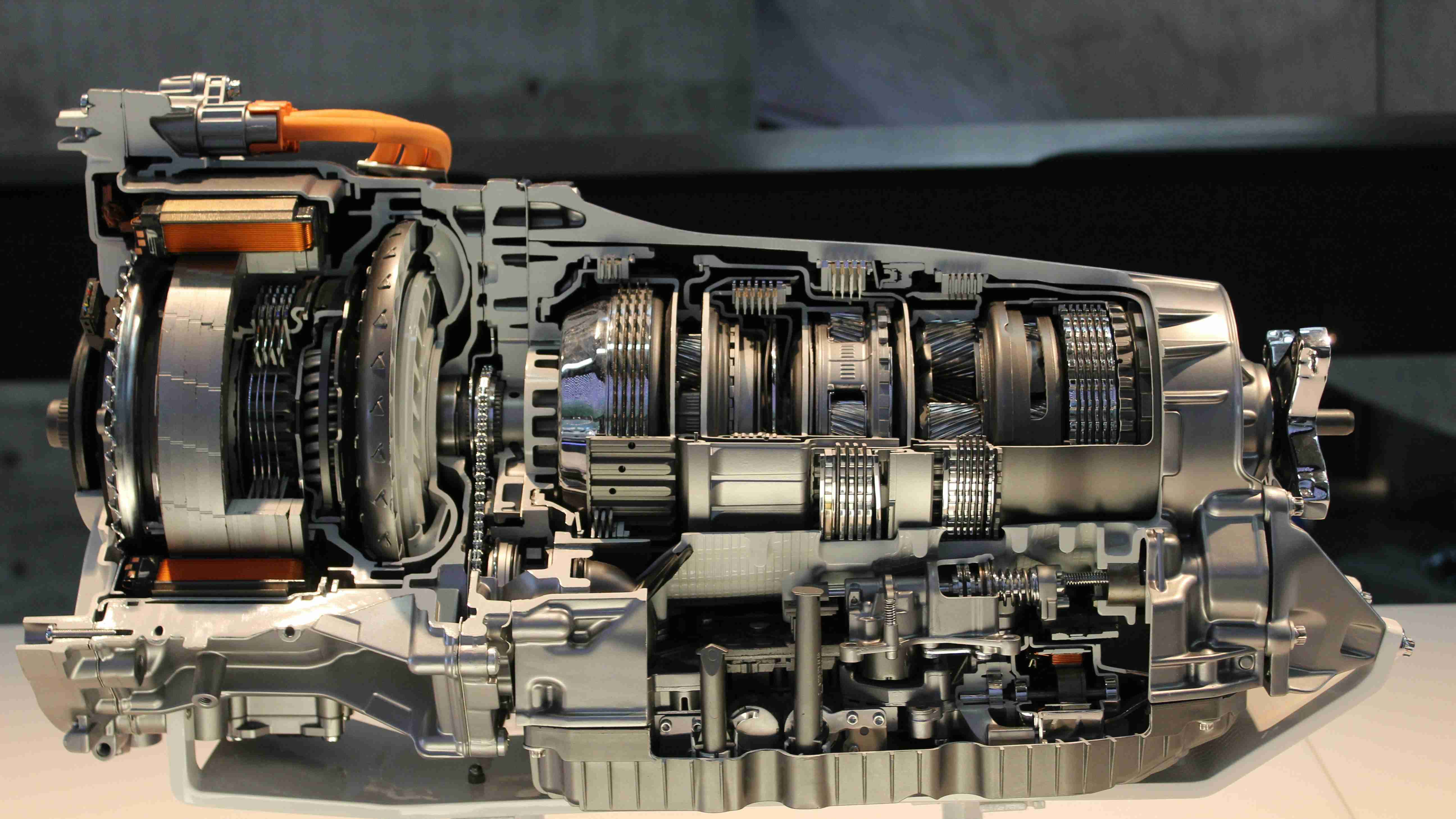
Replacing a transmission is a big job. If you choose the wrong one, your car won’t run properly. Also, it can cause poor performance, expensive repairs, or even a complete breakdown. Because of this, using a Transmission VIN Check helps you avoid mistakes. Now, let’s go step by step to find the right transmission for your car.
Know What’s Under the Hood – Decode with VIN Transmission Lookup!
Why Use a VIN to Identify Your Transmission?
Your Vehicle Identification Number (VIN) is a 17-character code. It contains key details about your car. Specifically, it tells you:
- Make and model – This helps you pick the right transmission.
- Engine type – This shows if the transmission will work with your engine.
- Factory-installed parts – This ensures the new transmission fits correctly.
Since your VIN has all this information, using a lookup tool prevents expensive errors. In short, it helps you get the right part the first time.
How to Find Transmission with Transmission VIN Check
Step 1: Locate Your VIN
You can find your VIN in a few places. For example, look in:
- Driver’s side dashboard – Check through the windshield.
- Driver’s side door jamb – Look near the door latch.
- Registration and insurance papers – The VIN is usually listed there.
- Owner’s manual or service records – Sometimes, the VIN is recorded in these documents.
Step 2: Use a Transmission VIN Check
Once you find your VIN, enter it into a tool like VinCheck.info. Then, within seconds, you’ll see if your car has a manual, automatic, or CVT transmission.
Step 3: Decode the VIN Yourself
If you prefer, you can check the VIN on your own:
- Look at the 4th to 8th digits – These usually include engine and transmission details.
- Use online VIN decoders or service manuals – These provide exact specifications.
Step 4: Confirm Transmission Compatibility
Before installing a new transmission, check these important factors:
- Bolt pattern & mounting points – The new transmission must fit properly.
- Torque converter & clutch type – A mismatch can cause shifting problems.
- Transmission control module (TCM) & software – Incorrect electronics may cause malfunctions.
Common Transmission Types & Compatibility Factors
| Transmission Type | Key Features | What to Check for Compatibility |
|---|---|---|
| Manual | You shift gears manually. | Match clutch type, gear ratios, and input shaft splines. |
| Automatic | The car shifts gears for you. | Verify TCM software and torque converter compatibility. |
| CVT | Smooth acceleration, no set gears. | Ensure belt design and ECU tuning match. |
| Dual-Clutch | Combines manual control with automatic ease. | Check gear ratios, actuators, and control software. |
Why Transmission Compatibility Matters
Choosing the right transmission affects many things, such as:
- Performance & Driving Feel – Manuals offer more control, but automatics are easier to drive.
- Maintenance & Repair Costs – CVTs often require costly repairs.
- Resale Value – Automatics sell faster because most buyers prefer them.
- Fuel Efficiency – CVTs and dual-clutch transmissions save gas.
- Towing & Load Capacity – Strong automatics handle towing better.
- Longevity & Durability – Automatics usually last longer than CVTs.
- Driving Conditions – Manuals work well off-road, while automatics are better for city traffic.
- Replacement Costs – CVTs often cost more to replace.
- Mechanic Availability – Some transmissions require specialized mechanics.
- Bad Weather Handling – Automatics help prevent wheel spin.
- Upgrade Potential – Manual swaps and performance automatics allow tuning.
- Hybrid & EV Compatibility – Hybrids and EVs often use single-speed transmissions.
- Insurance Costs – Manuals may have lower theft rates, reducing insurance costs.
- Warranty Coverage – CVT warranties are often shorter.
- Emissions & Environmental Impact – Newer automatics help reduce emissions.
Avoid Common Transmission Swap Mistakes
Swapping a transmission is more than just installing a new part. Missing key details can lead to big problems.
Electronic Issues
- Wrong ECU/TCM compatibility – Incorrect electronics can cause shifting failures.
- Skipping reprogramming – Some transmissions require software updates to function.
- Overlooking wiring changes – Some swaps need modified wiring.
Mechanical Fit Problems
- Wrong gear ratios – Poor ratios affect speed and fuel economy.
- Incorrect mounting – Poor fitting causes vibrations and premature wear.
- Driveshaft & axle mismatch – Some swaps require custom parts.
Cooling & Fluid Issues
- Ignoring cooling system upgrades – Incorrect cooling may lead to overheating.
- Using the wrong fluid – The wrong type can damage the transmission.
After installation, always test-drive the car and run a scan. This helps catch shifting issues, leaks, or mounting problems early.
Save Time & Money with a VIN Transmission Lookup
Using a VIN lookup prevents costly mistakes and ensures the transmission fits properly. Here’s why it matters:
✔ Exact Fit – Confirms the right transmission type, size, and configuration.
✔ Drivetrain Compatibility – Works with all drive types.
✔ Seamless Software Integration – Prevents shifting issues and warning lights.
✔ No Costly Modifications – Avoids extra custom work.
✔ Correct Gear Ratios – Maintains fuel efficiency and towing capability.
✔ Protects Your Warranty – A bad swap may void coverage.
✔ Flags Salvage or Rebuilt Units – Identifies issues before installation.
Final Thoughts
A VIN lookup helps you make smart choices when replacing a transmission. Whether you’re buying a car or repairing one, checking the details saves time, money, and hassle.
Use VinCheck.info to find transmissions by VIN number. That way, you get the right details before making any changes!